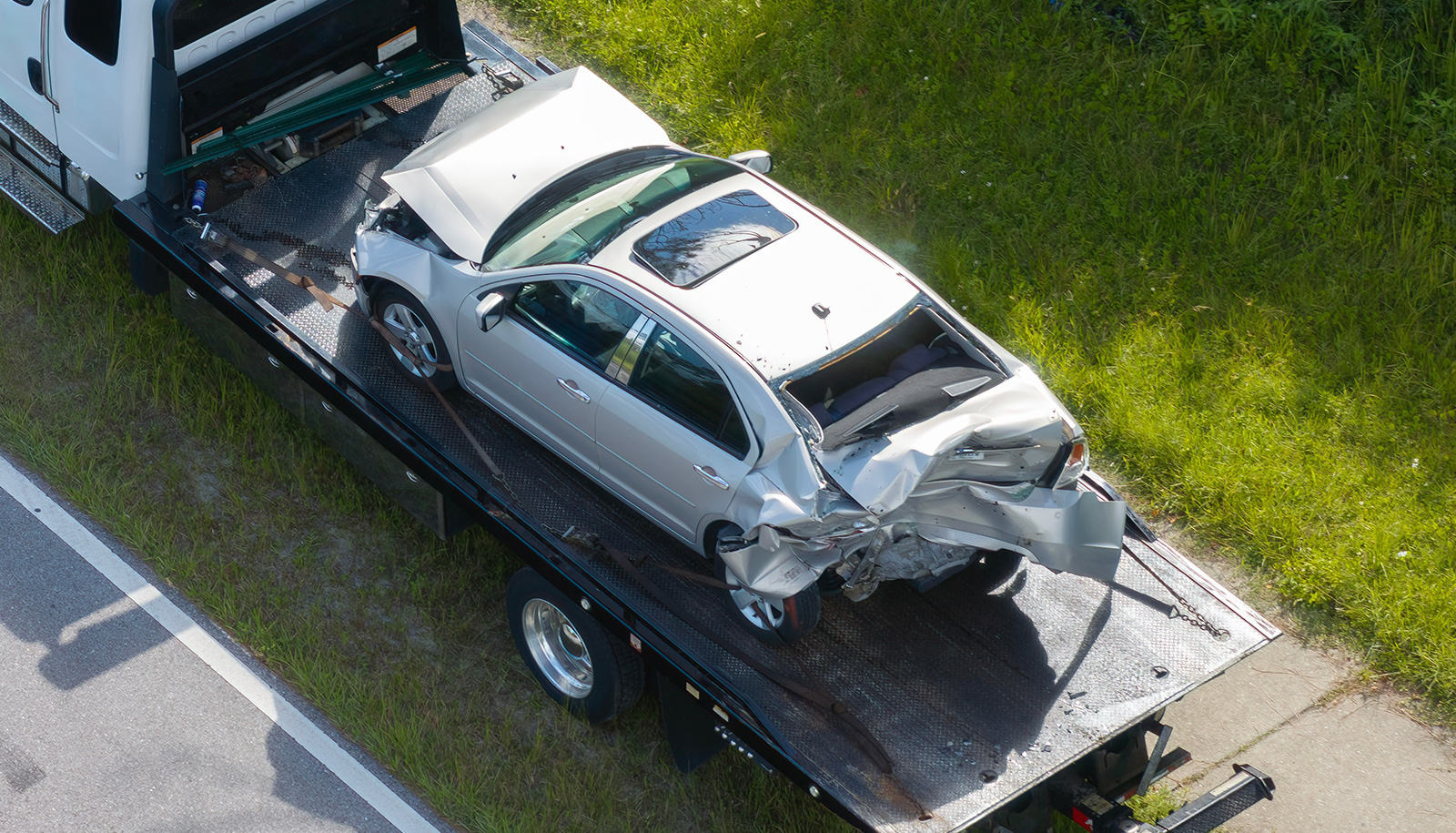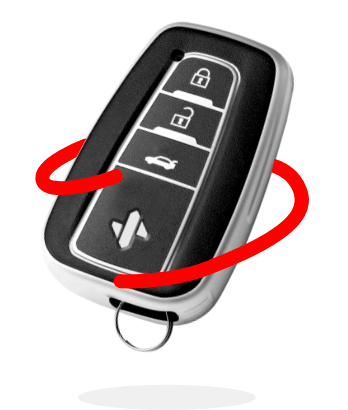The moment of impact during a car accident is just the beginning of a complex process, especially when the car is financed.
Navigating the aftermath involves understanding your auto insurance policy, your obligations to your finance company, and the steps you need to take to mitigate the financial fallout. This guide aims to unravel these complexities, ensuring you're well-prepared for any eventuality.
UNDERSTANDING YOUR AUTO INSURANCE POLICY
Comprehensive & Collision Coverage
Lenders typically require both comprehensive and collision coverage for financed cars. While collision coverage pays for damages to your car from an accident, comprehensive coverage handles other types of damage, like theft or natural disasters.
The Role of Gap Insurance
Gap insurance, an essential safeguard for owners of newly financed vehicles, plays a pivotal role in financial protection following a total loss scenario, such as theft or severe damage. When an insurance company declares a car a total loss, the payout often reflects the current market value of the vehicle, which can be significantly lower than the outstanding balance on the vehicle's loan due to depreciation.
This discrepancy leaves the owner with a financial "gap" between the insurance settlement and the remaining debt owed to the lender. Gap insurance is designed to cover this difference, ensuring that borrowers aren’t overpaying for a vehicle they can no longer use.
It's particularly important for vehicles that depreciate rapidly or when loans exceed the traditional term lengths, leading to slower equity buildup. By opting for gap insurance, vehicle owners can protect themselves against these potential financial pitfalls and enjoy greater peace of mind.
Liability Insurance vs. Full Coverage
Liability insurance and full coverage serve distinct purposes in auto insurance, catering to different aspects of financial protection and legal obligations.
Liability insurance is the foundation of auto insurance policies, designed to cover the costs associated with damage and injuries you may cause to others in an accident. This includes both property damage to other vehicles or structures and bodily injury that may result in medical expenses, legal fees, and compensation for pain and suffering.
In contrast, full coverage extends beyond liability insurance basics by incorporating comprehensive and collision insurance, offering a broader safety net. Comprehensive insurance protects against non-collision incidents such as theft, vandalism, and natural disasters, while collision insurance covers repairs or replacement of your vehicle following an accident, regardless of fault. From an insurance advisor's standpoint, the term “full coverage” may include the review and selection of uninsured motorists’ coverage as well as other ancillary offerings that provide valuable protection to individuals and families.
For financed vehicles, lenders typically mandate full coverage to protect their investment from all potential risks until the loan is fully repaid. This requirement ensures that the vehicle's value is safeguarded in the event of significant damage or total loss, thereby protecting both the owner's and lender's financial interests. Understanding the distinctions between liability insurance and full coverage is crucial for choosing the appropriate level of protection based on your vehicle's financing status and your personal risk tolerance.
IMMEDIATE STEPS TO TAKE FOLLOWING AN ACCIDENT
If an accident does occur, be sure to take these steps:
● Ensure Safety: Make sure everyone involved is safe and call emergency services if needed.
● Document the Scene: Take photos and gather witness statements if possible.
● Notify Insurers and Financiers: Inform your insurance company and the entity that financed your vehicle about the accident.
THE INSURANCE CLAIMS PROCESS
After these initial steps are taken, it’s time to submit your claim. It’s important to keep these items in mind as you do:
Assessment & Fault Determination
Fault determination is a critical aspect of this process, as it directly influences the claim outcome and who is financially responsible for the damages. Depending on the jurisdiction and the specific circumstances of the accident, this can range from one party being fully at fault to situations where fault is shared between parties.
Total Loss vs. Repairable Damage
This evaluation determines whether the vehicle is a total loss or if it can be repaired. A vehicle is considered a total loss when the cost of repairs exceeds its current market value. In such cases, the insurance company will typically offer a cash settlement based on the vehicle's pre-accident value minus any applicable deductible.
FINANCIAL IMPLICATIONS OF CRASHING A FINANCED CAR
Of course, financial implications are some of the biggest concerns – after any medical issues – in a crash.
● Deductible Responsibility: You're responsible for paying your deductible before insurance coverage kicks in.
● Total Loss Scenario: If your car is a total loss, gap insurance can cover the difference between the insurance payout and your loan balance.
● Repair Scenarios: You'll need to manage repair payments and potentially deal with your vehicle's value depreciation.
NAVIGATING THE AFTERMATH OF AN ACCIDENT
After your accident with a financed vehicle, there are some considerations you’ll need to make:
● Replacing or Repairing Your Vehicle: Consider your options carefully, whether you're replacing or buying a new car.
● Communicating with Insurers and financiers: Keep open lines of communication with your insurance and finance companies to navigate the process smoothly.
● Legal and Insurance Premium Implications: Be aware of potential legal implications and the likelihood of increased insurance premiums post-accident.
Crashing a financed car adds layers of complexity to an already stressful situation. By understanding your insurance policy, knowing the steps to take immediately following an accident, and being aware of the financial implications, you can navigate the aftermath more effectively.
Remember, knowledge is power, especially when protecting your financial interests after an accident.
If you need help finding the best car insurance coverage for the best price, speak to a SimplyIOA agent at 833.872.4467 or get an auto insurance quote online now.










